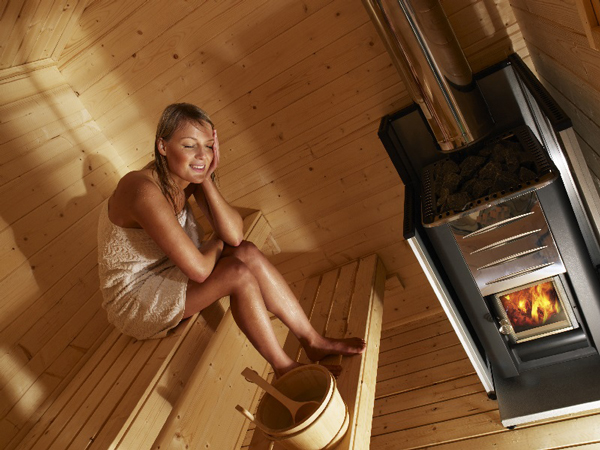If you occasionally enjoy a heat bathing out of the comfort of your home, you are probably familiar with the health benefits of the traditional sauna. The traditional sauna is also known as Finnish sauna, as it has its origins in Finland. This country has about 5 million of inhabitants and over 3 million of saunas, which in average, is one sauna per a household. For Finnish people, the traditional saunas has always been the perfect way to relax with family and friends, but also to boost health. Even before the traditional saunas become popular around the world, Finnish mothers used to give birth in saunas.

Finns are known as most experienced sauna users in the world, as well as most in number. Although we cannot say that Finnish were the first to invent the sauna and come up with the traditional sauna basics, historical facts link steam bath with them. Today, almost every European bath houses has a traditional sauna included, as all people are familiar with the traditional sauna basics. Hundreds of years ago, when people used a bath very rarely or never at all, Finns used to bathe once a week in their traditional saunas.
Finnish (or traditional) saunas are the ones you see in health clubs. A wood-lined room, with a wood-fired stove, a pile of heat-retaining stones featured above the stove and wooden benches on all sides, that is how a traditional sauna looks like. Today’s saunas use a variety of innovative heating methods, but the traditional sauna basics include a usage of a wood-burning stove with stones above that retain and release heat. The electric stoves are quite practical, but experts argue that the heat they release make the sauna drier and just “loses the magic”. The traditional wood-fired heating method is much more attractive and it makes the steamy climate more enjoyable. Since burning wood releases a small amount of moisture into the air, the air in a traditional sauna is not as dry as is the case with a modern sauna.
The temperature in traditional sauna ranges between 80 and 100ºC, while modern saunas exceed the temperature of 100ºC. Although such temperatures would be uncomfortable and intolerable, it can be controlled by adjusting the humidity. The overall humidity in the sauna is low and ranges up to 15%. This is why Finnish saunas are also known as dry saunas, steam rooms or steam baths.
The many benefits of traditional saunas
Now that we’ve covered the traditional sauna basics, let’s quickly go over the benefits of a steaming bath.
- Sauna helps relieve stress.
- Sauna helps burn calories.
- Sauna improves cardiovascular health.
- Sauna soothes muscle pain and flush toxins.
- Sauna improves the elasticity of the skin.
























